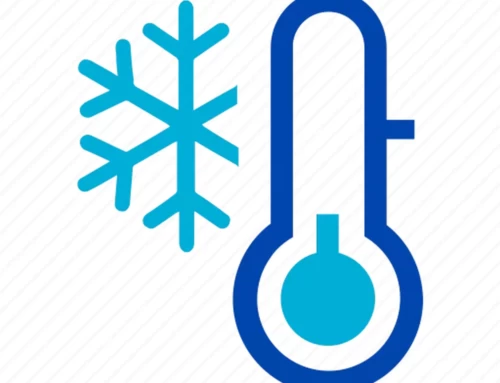
We’ve been collecting general weather data for Crondall since February 2006, but in late January 2020 added a solar sensor to allow us to start tracking sunshine hours, solar energy and Evapotranspiration.
Here’s an easy to view monthly overview of the Evapotranspiration (ET) , so you can easily see the variations for the various months (and in time years), as well as scanning the months of any particular year.
As well as the monthly summary, if you’d like to see how each day breaks out within a particular year then select the “daily detail” radio button, and if you’d like to see how the various seasonal averages compare then select the “seasonal summary” radio button where we then summarise as follows:
Northern Hemisphere Meteorological Seasons
Winter: December, January, February
Spring: March, April, May
Summer: June, July, August
Autumn: September, October, November
If you’d like to see how the current month’s data for Temperature and Rainfall compares to the overall average then click here
And if you want to see Crondall’s all time station records for all weather statistics then please go here
If you enjoyed reading this, the please explore our other articles below:




Hi, just looking into the ET process. Can you please spare a minute to explain what the units above actually mean. Are they a percentage of moisture lost or would I have to look at the units and get an idea each day based off my soil moisture readings how much I need to irrigate to replace moisture based off my own data?
Any help appreciated.
Many Thanks
Scott
Hi Scott,
The ET calculation is quite complex, but in simple terms it’s the amount of water returned to the atmosphere by plants.
It combines the amount of water vapour returned through evaporation (from wet vegetation surfaces and the stoma of leaves) with the amount of water vapour returned through transpiration (exhaling of moisture through plant skin) to arrive at a total.
If the ET reading is greater than the rainfall reading then you need to irrigate.
For example the reason why everything is so brown in Crondall at the moment is that:
July ET 39mm vs Rainfall Zero mm
June ET 125mm vs Rainfall 31mm
May ET 99mm vs Rainfall 42mm
April ET 78mm vs Rainfall 15mm
Hopefully that makes sense?
Cheers
Neil